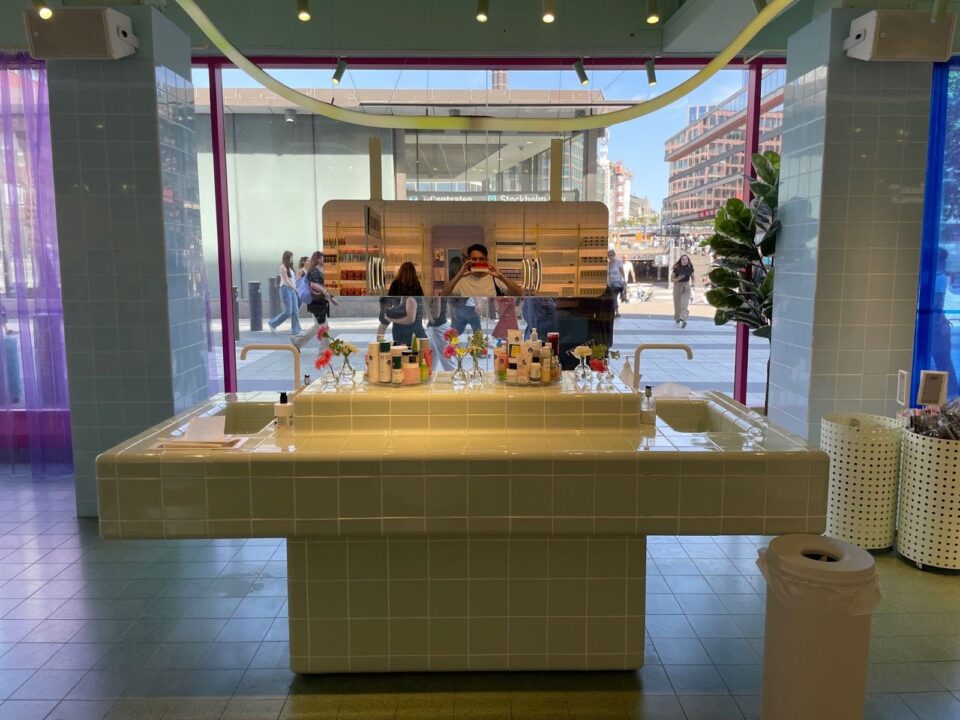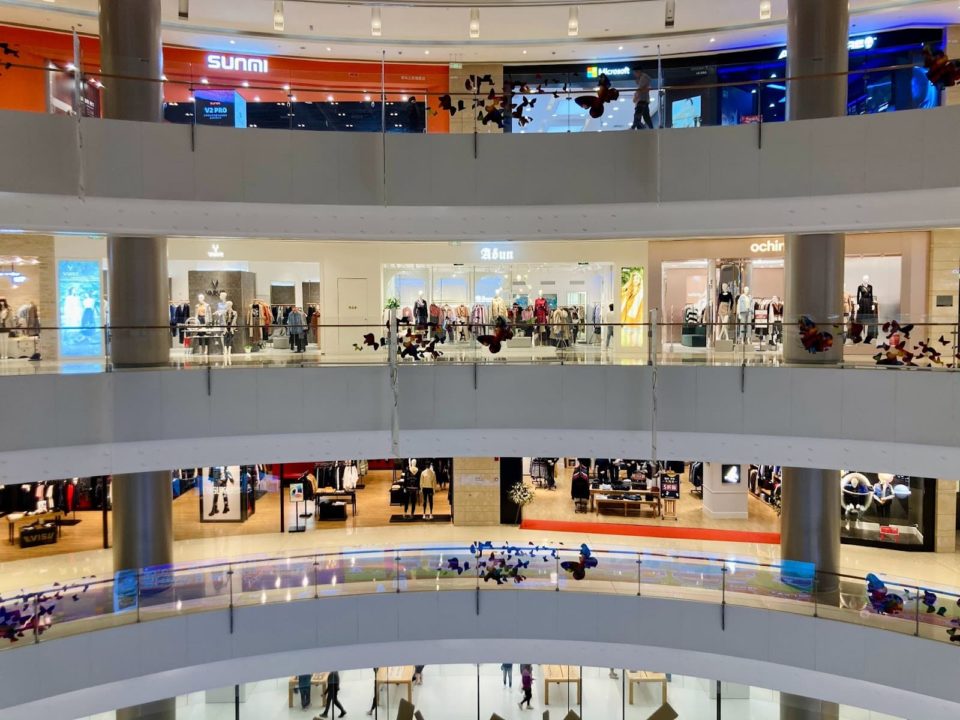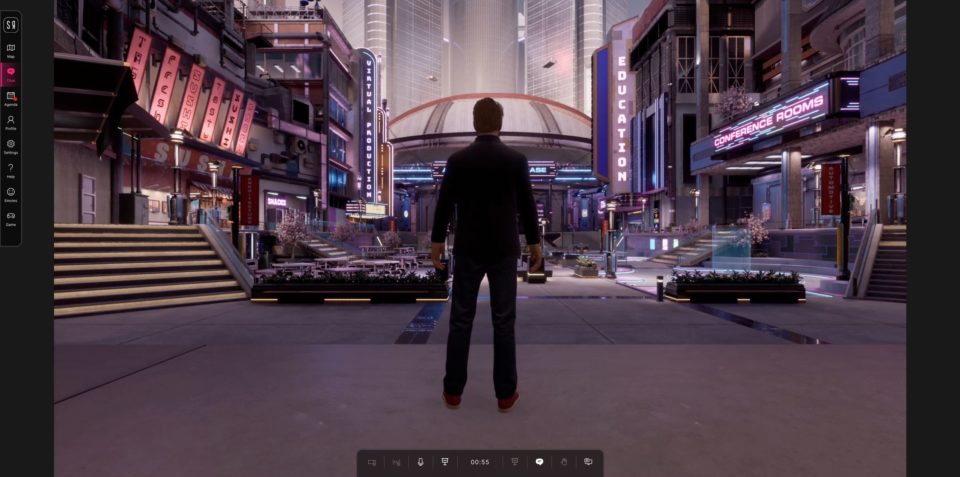How is Hairstory ripping up the rules of hair retail?
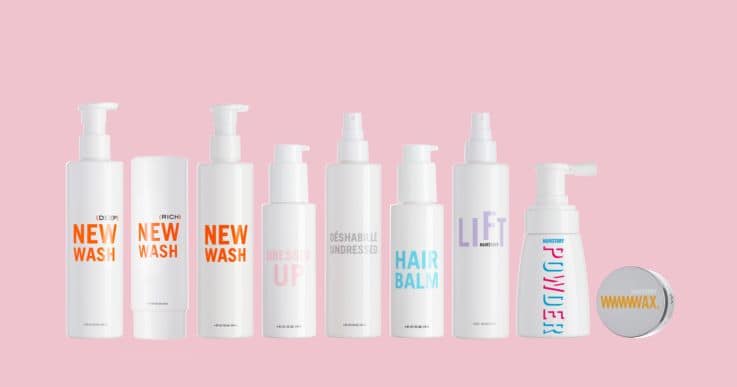
We all know how you should wash your hair, right? Wash, rinse, repeat, condition – that’s the standard mantra.
Not for Hairstory. This disruptive hair brand wants to change the way we wash our hair forever by ditching the traditional idea of shampoo and conditioner. That’s not all though. Hairstory has also pioneered a new way to sell hair products.
It’s the first hair brand to reward hairdressing professionals for their product referrals. They don’t just receive commission on what they sell in the salon. Instead, Hairstory links the customer to them permanently so that wherever they buy from in the future (in-store or online) the hairdresser keeps earning commission on those sales.
It gives hair dressing professionals a real incentive to give customers their honest opinion. Instead of recommending something and then losing all subsequent sales to cheaper online channels, they’re rewarded for bringing the brand to new people on an ongoing basis.
We spoke to Chairman & CEO Eli Halliwell about this game-changing model, the process and surprises of innovating and using tech to help customers make better buying decisions.
Eli Halliwell, Chairman & CEO, Hairstory
Where is Hairstory at now?
Our journey has been a fun one. We started the business in mid-2015 and by the end of that year we launched. We had enough success that we were able to sustain ourselves within 18 months. Since then we’ve been able to grow and evolve and reinvest in the business.
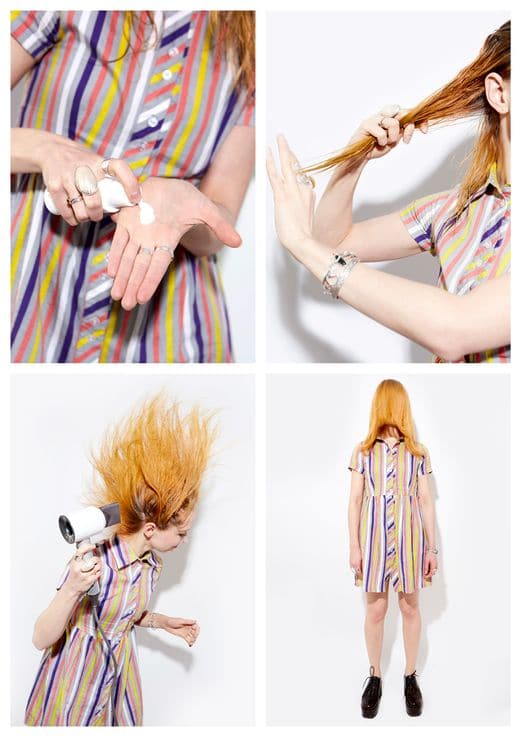
What’s happening in the business now?
I think the pattern in the beginning was that the product itself was received incredibly well by consumers and that propelled us really quickly. What we’ve seen over time is that the hairdresser business has really become an incredibly powerful workhorse to build the business sustainably.
It comes down to the fact they work well together. The product is so different and so sticky that once people transition to using the products, they repeat purchase at a very high rate that just builds and builds and builds. The hairdressers build their business and become more successful over time.
Every time you get more hairdressers in and they get more clients in, the business just builds itself automatically. That’s been really exciting in the last year or so. Because we built the company really quickly, we had to reinvest a lot and we’re still reinvesting in building up the platform to make it sustainable for higher volumes.
We’re really focusing on building the hairdresser business significantly. We had been letting it go organically without pushing it too much because we were refining how to onboard hairdressers to be able to measure their success and measure what makes a successful hairdresser. Now we’re at a point where we understand all that and we want to tell all the hairdressers all over the world about our business and our model.
We also expanded our product offering along that time to help people at either ends of what I call the cleansing-conditioning continuum. People think of cleansing and conditioning as two distinct things. What we discovered is that it really is a continuum.
We’ve created products that are a little bit more cleansing without as much moisture and then some which are a little bit more moisturising without as much cleansing. You can’t have both. There’s a trade-off there. That’s been really successful to improve purchase rates.
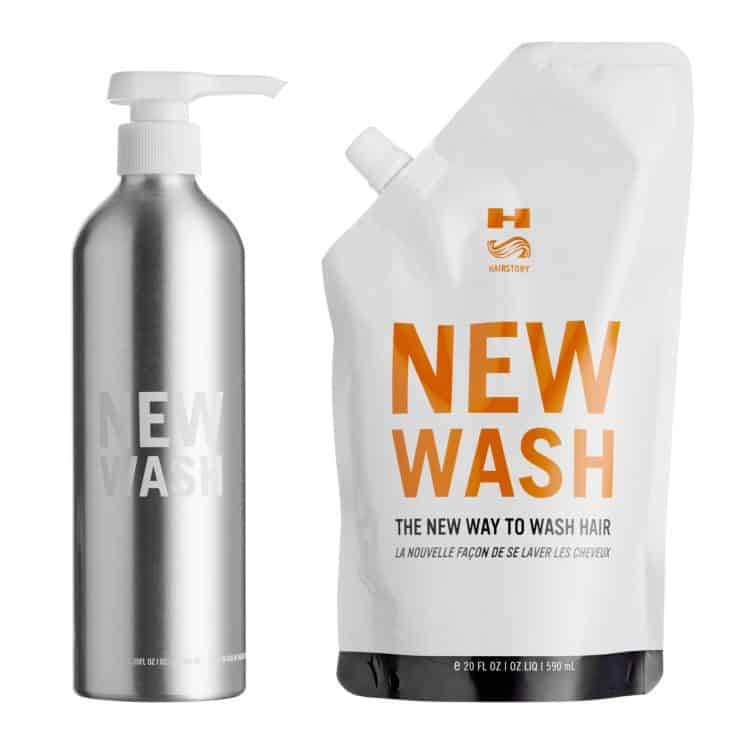
Do you have any targets for growth?
We’re at just over a thousand hairdressers and salons now. We’d like to get to 5,000 as the next benchmark in the next couple of years and then 10,000 is a legitimate target for us in the longer term.
Are there any countries have embraced the product more than others?
It’s been interesting. The US has definitely become our largest market and it’s our largest hairdresser market. We have done quite well with direct to consumer in Europe, the UK, Australia and Canada. Our second-best hairdresser market is definitely Canada.
The UK has been surprisingly behind. The hairdresser community there has either not been aware of us or they’re tentative to try us. The hairdressers we have there are fantastically successful, but the uptake has been much slower than it should be because it’s a very strong hairdresser market and our model works so well with the sort of small boutique salon or independent hairdresser model that is pretty prevalent in the UK. We’re ready to make a big push there.
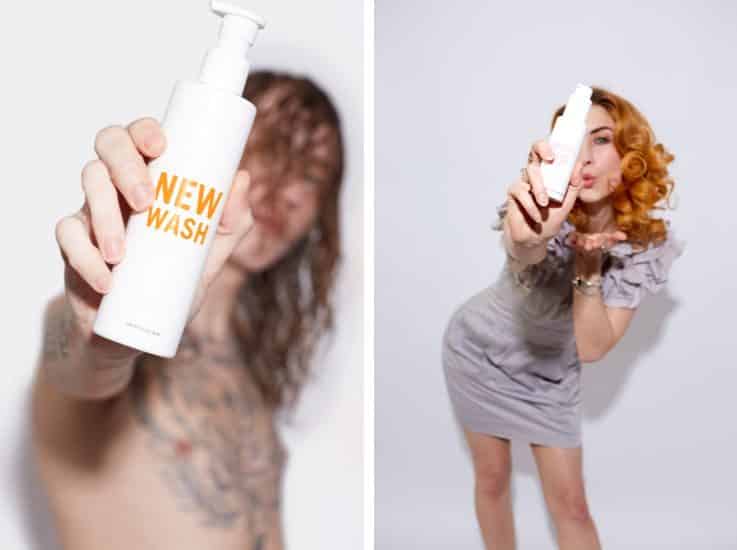
Can you tell us about the typical customer that buys Hairstory?
It’s a very broad range of consumers. We are not only selling in wealthy coastal cities in the US, we’re selling in the middle of the country too.
It probably skews a little bit older in that we’re appealing to the 25 to 45-year-old segment whereas typical beauty is probably more like 15 to 35. We have a very loyal and robust segment that’s older too who really love the product.
The price point seems high to some people at the beginning even though we argue that actually using New Wash is much cheaper than using other professional brands. I think that it does turn off some of the younger people, whereas slightly more mature people are able to recognise and take the risk and then they love it so much that they make it work for themselves.
The real data we have is about hair. We know age, we know gender, we know hair. For example, we know what percentage of our customers have curly hair. We know what percentage of customers are concerned about being oily or have psoriasis or dermatitis. We have a wizard that collects all this data and then we were able to use the data that we collect to help provide better experiences for the customers.
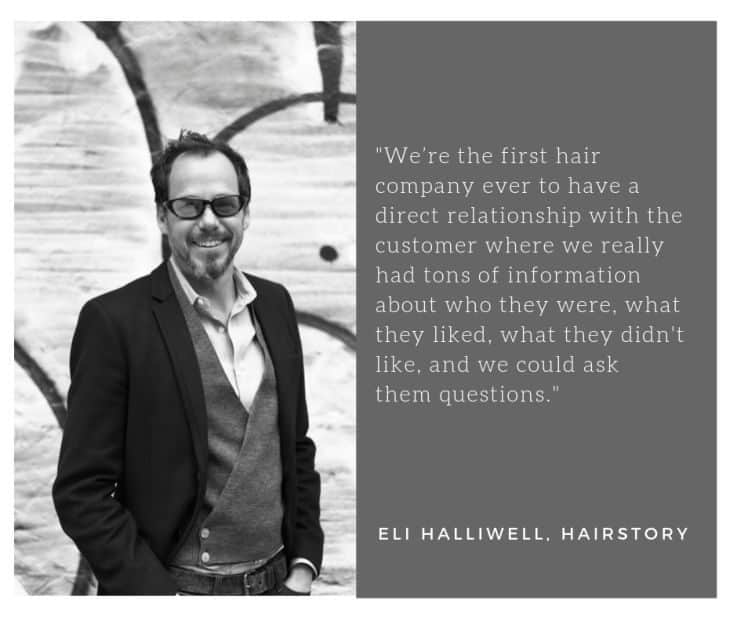
Can you explain how you do this?
The wizard serves up customised reviews that were written by people who had answered the quiz the same way you had.
Our review database is so robust that we are now working on changing it, so people really understand that if you click thick hair, you’re going to see reviews by people who have thick hair. If you say that you are 30 to 40 it’s going to be reviewers of 30 to 40. If you have psoriasis there will be people who say that they have psoriasis.
Our reviews are all searchable and we essentially apply the answers to filter them down so that we can give you a customised experience. You can look at all the reviews from people like you that like the product (and the ones that don’t).
We’re going to be going further and further in that direction. One of the areas we’re moving toward is to help people make informed decisions that are customised as possible to their own personal experience and their aspirations for their hair.
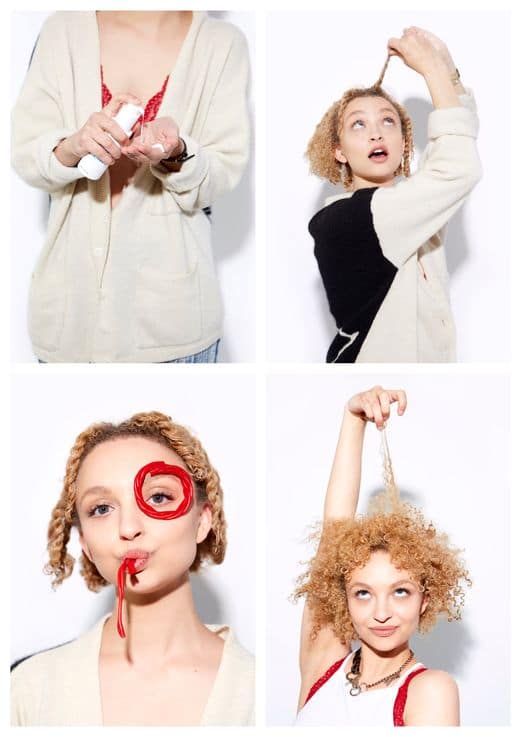
What this might look like in the future?
We have a database already of 250,000 people who’ve reviewed the product. What we’re going to be doing is adding in some other data from our styling wizard and merging it together so that we can really tell you a whole bunch of stuff.
Ideally, we’re going to have a lot of visual content as well in the reviews. People are going to be able to upload their photo with their review and we’ll be able to categorise those as well because they’ll have answered the question. For curly people in particular, we’re adding a number system for what kind of curl you have and really letting people describe that more.
One cool thing with the database is that we can say that someone who answers the quiz like you typically uses this much New Wash per week or month or year and this is what it costs. Some people do use more than others and it is typically tied to what type of hair they have and what their needs are. We can forecast and say this is what it’s going to cost you per year to switch to New Wash and this is how it compares to a premium shampoo and conditioner. It turns out it’s cheaper.
We want to have transparency, authenticity and fact-based decision making that we can offer people. We have a full refund policy, so we can say ‘if you’re curious about this, if you think that it could work, then try it’. If it doesn’t work, then you can get your money back.

Which parts of what you’re doing feel most important to the success of the e-commerce side?
One of the mantras that I had when starting the business was that we needed to use our data proactively and fully to the benefit of the consumer. I had spent the five years prior as an investor meeting with Fortune 100 companies around the world. One of the big takeaways was that they were collecting tons of data and they had no idea what to do with it.
We’re the first hair company ever to have a direct relationship with the customer where we really had tons of information about who they were, what they liked, what they didn’t like, and we could ask them questions.
Our reviews are five times longer than the typical review in terms of number of words. We made a commitment to collecting information that we could then analyse and see what was working. We can intuit ahead of time whether it would work or not, but the data had to prove it out and then we had to respond based on the data.
We have had lots of initiatives and some have been more successful than others. I started off making reviews searchable thinking that would blow people’s minds and because no one had ever heard of a searchable review no one was using it. It wasn’t getting its traction. Then we put it into the Wizard and that helped a bit but it’s still not achieving its full power.
But the Wizard itself ended up becoming very useful. It’s incredible to me that our completion rate is over 95 percent. You follow that through, and it turns out people who take the Wizard have a significantly higher repurchase rate than people who don’t.
The question becomes how do you introduce the Wizard to enough people so that they take it and they get informed and they get the conviction and the confidence to buy the product and to use it right so that they’re successful?
The process has been essentially being willing to try any ideas that aren’t cost prohibitive that anyone on the team puts forward and see what the results show and then respond to the results religiously.
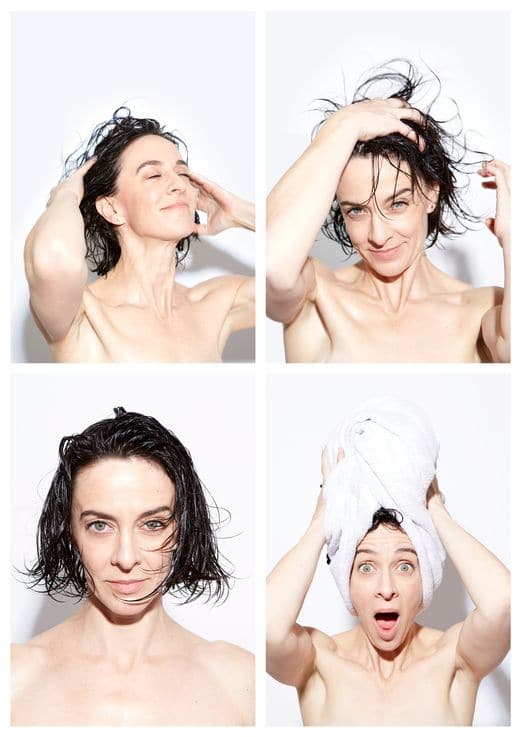
Has there been anything that you found surprising?
It’s probably more of the failures – things that didn’t work that we thought would work. It’s very useful after the fact where people write in a question on social media, like ‘does this work for x’ and us being able to say, ‘here are 10 reviews by people who have psoriasis so let them speak for it’.
The biggest surprise so far has been how conservative hairdressers really are and how cautious they’ve been to take up a new model. Once they take it up and embrace it, they are incredible advocates. They love this new way of doing business. But it’s been a challenge.
One of the things that we’re in the process of launching is a hairdresser personality quiz. We created a full statistically significant personality quiz and it’s pretty fun. It will tell you what kind of hairdresser you are and the sort of career path you have. It leads back to detailed information about your personality that I think resonates with pretty much everyone.
It asks you some core questions about yourself as a hairdresser and your business – what you charge, how many clients you see, how many years you’ve been in the business etc. We correlated and analysed that for our existing hairdresser business success measured by hairdresser sales and hairdresser profitability and we found some real correlations for certain personality types. We can also use it as a way of introducing us to them.
I’ve learnt that it takes time for people to adopt and embrace new ideas. You’re always going to have the typical S curve. You’ve got people who are going to be engaged and excited and who will want to try something new when they hear about it. If you think about it, if you’re a hairdresser your entire livelihood depends on the repeat purchase rate of your services, not your retail. Anything that seems different is scary. I understand why they have been conservative.

Can you tell us more about the process that you use to link stylists to the sales they make?
We call it a perpetual affiliate model. A typical affiliate model, for say Amazon, gives you a link to a product which you share. Amazon knows that you provided that link and you make commission on the sale.
In our case, we don’t only know you made the referral we attach that to that customer so that anytime that customer comes back to us, no matter where, we know that you were the one you gave us that connection and we honour that. It’s entirely on our honour system. It’s in our best interest and we want help the hairdresser be successful. It’s so core to our DNA that we never ever would violate that.
I have had calls since very early on from Sephora, from Neiman Marcus, from Selfridges, from Net-a-Porter, from Amazon asking to sell the product. Every time I said no because there is no mechanism through those channels to validate if they were an individual new customer or if they were tied to a hairdresser.
We then realised we could do it with Amazon if we sold through them, not to them. We own the inventory. We sell it through their system and their warehouses. They tell us the name and we automatically go through our database and find correlations.
We have a percentage above which if it’s close it’s close enough we just give it to the hairdresser. It’s proved to be almost foolproof. That enabled us to start selling on the biggest e-commerce platform in the world while still holding to our personal commitment to hairdressers that they will always be paid when their customers buy.
I think physical retail is further off than maybe other digital portals. It’s not easy. Because we take it so seriously if we don’t have 100% confidence that it would work then we’re not interested in the channel. We want to be true to what we’re doing and build our business even if it takes longer and the end result is smaller, rather than just trying to blow it out and bring it everywhere.
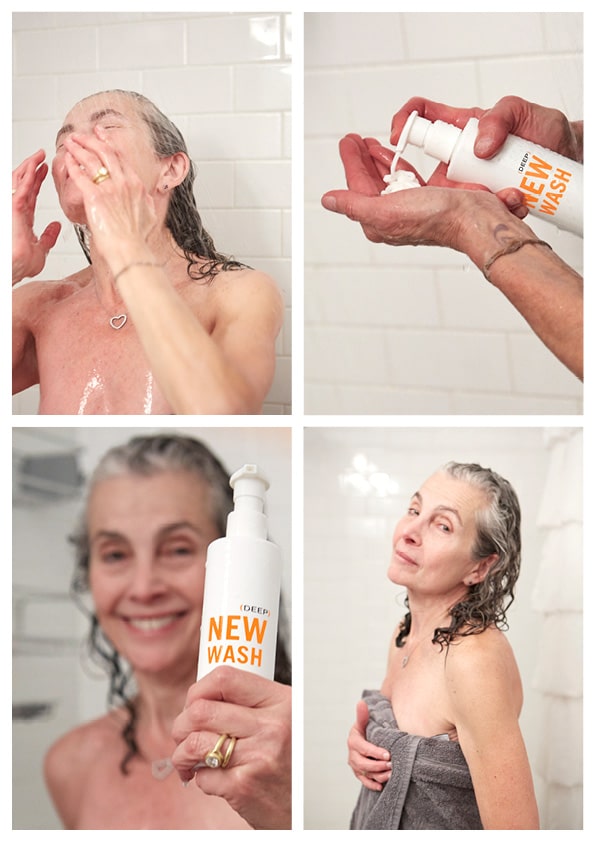
Do you think you’re going to be an outlier or that other brands might follow suit?
Eventually I think we will have much more direct competitors. So far there’s been nothing. There have been a bunch of existing private companies that have tried to create mutations of New Wash and every one of them has failed.
The business model almost all existing companies are selling through mean that it’s impossible for them to authenticate what we can, which is whether or not a customer belongs to a hairdresser.
It would take a new company to come after us and that’s hard. All the people who have been new and who are doing a direct to consumer model have been the people who are doing the formulation, customisation and individualisation piece.
I don’t think that’s a very sustainable model. When you have a factory and supply chain that is based on personalisation, it’s inherently inefficient and won’t prove economically viable.
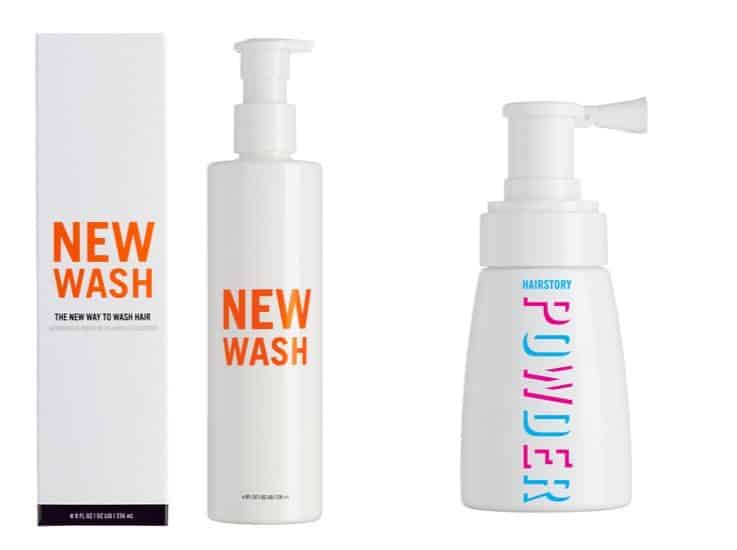
What other innovations do you have in development?
One of the innovations I’m actually most proud of is that we’re working to become 100 percent a refill company. We believe if we offered pouches and a canister that you could refill that would be better for the world. We’ve been super excited at how pleased people are to have that option.
We’re actually eliminating plastic bottles by the end of the year. We’re going to be the first hair care company to my knowledge in the world that has completely recyclable plastic pouches. All the other ones, including ours currently, have a foil lining. We have found technology that lets us not use the foil.
If you switch from using a typical shampoo and conditioner to using our New Wash refill system you are reducing the carbon footprint of your packaging by 80%. Also, the supply chain is more efficient because you can ship flattened empty pouches.
It’s an important thing for me personally and I think people resonate with it. There is no perfect solution, but I think this is the absolute best solution with today’s technology and if it turns out there’s a better alternative in the future we’ll switch again.
Images courtesy of Hairstory
The world of retail is changing too fast for you to wait around. Be ready for what comes next by booking a future of retail presentation. Want more innovation? Here are the most wow new tech initiatives that have caught our eye.

